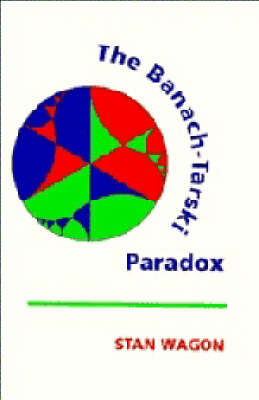Encyclopedia of Mathematics and its Applications
1 total work
The Banach–Tarski paradox is a most striking mathematical construction: it asserts that a solid ball may be taken apart into finitely many pieces that can be rearranged using rigid motions to form a ball twice as large as the original. This volume explores the consequences of the paradox for measure theory and its connections with group theory, geometry, and logic. It unifies the results of contemporary research on the paradox and presents several new results including some unusual paradoxes in hyperbolic space. It also provides up-to-date proofs and discusses many unsolved problems.
